Warning: the scribe doesn't know anything about music, he just likes it.
Having said this warning, which should always be kept in mind, I will talk about a classical music concert performed by the Adágio Coral at the Megalithic Monuments of Alcalar, in Portimão, last Saturday, the 25th, with the theme “From Prehistory to New Moon” .
The program couldn't be scarier: A Requiem, which is music for the dead, in a five thousand year old funerary monument… and at night!!! For the rest of those who are reading, everything went well, although I wouldn't have been very upset if there were twisted feet and some light falls from those guys who were literally walking on the grave while the concert was going on. The kids (they were also watching) can still be understood, but the big ones, definitely not…
Starting at the beginning, the music/monument mix worked. I was parking when a car stopped next to me and its occupants asked if Alcalar was going there. There I explained that yes, but that showed that the music had brought people to the monument who had never been there. And that's good.
People think that, in the Algarve, the weather is always good. That night, it wasn't quite like that – it was a cold wind that led to some calls asking for mufflers, going to the cars to get blankets and, among some spectators, lamenting the lack of arbutus for heating.
These adverse weather conditions were highlighted by conductor “Tó” Alves (sorry for the familiarity) who, in the presentation, highlighted the difficulty of warming up the voices, the possibility of flying the scores and the daring to interpret a theme as classic as the Requiem by Gabriel Faure. He also took the opportunity to inform that the work had seven movements and that thanks (read: applause) should only be given at the end of the work.
A personal parenthesis. When I was a young student in Lisbon, in the early seventies of the last century, as we had little money, we were always looking for freebies. One of our colleagues, more from Lisbon and versed in the mysteries of music, told us that there was some department that offered tickets for something called Concerto para Jovens, commented by maestro José Atalaya. The concerts took place, if I am not mistaken, on Sunday mornings at S. Luís. It was a classical theater, full of velvets, but we went there boldly to attend our first concert of classical music. It started, there's a pause and we – who were actually enjoying it – got up enthusiastically clapping our hands… which became rarer when we saw everyone looking at us. We buried ourselves in the chairs and that's when we learned that you shouldn't clap your hands between movements.
Usually, at classical music concerts, spectators already know each other. They are almost always the same. In this case, apparently, it was not like that, as there were probably people who, in the music/monument mixture, came to the music for the first time (or arrived late and did not hear the conductor) and who clapped their hands between movements. I felt in solidarity with them and I am pleased because, probably, the monument had brought unusual people to the music. And that's good.
Let's go now to the reason for all this: the music. First, Professor João Rosa sat down at the piano and delighted us with four preludes by Chopin. Then he accompanied the Adagio Choir in the “Cantique de Jean Racine” and in the famous Requiem, both from Fauré. The artists may have thought that things didn't go well, but don't be wrong: that music, in that environment, is unparalleled!!! On top of that, everything was surrounded by a fantastic lighting technique (or, as they say now, a drawing of light), which gave the landscape, the trees, the prehistoric tomb, an atmosphere, at least, magical.
So when the choir attacked the last movement of the Requiem, “In Paradisum” and a beam of light comes out from inside the tomb, straight to the sky, was unforgettable.
Forget the cold that has passed, congratulations to all the guys involved in the show. And if those millenary stones were insensitive to what happened there, they are really pebbles.
Photos: Margarida Santos and Gisela Lima
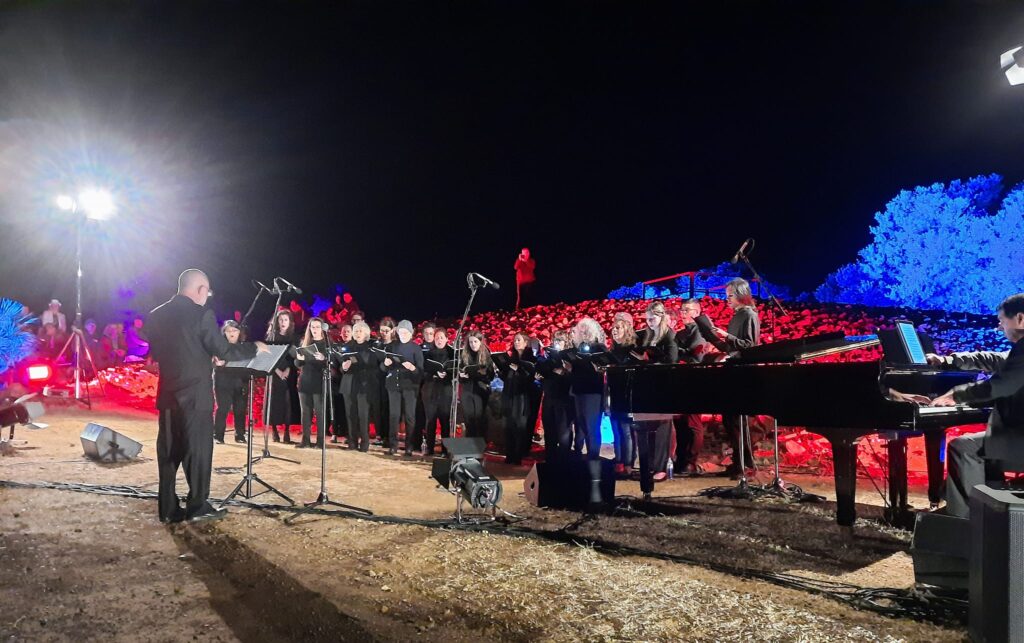
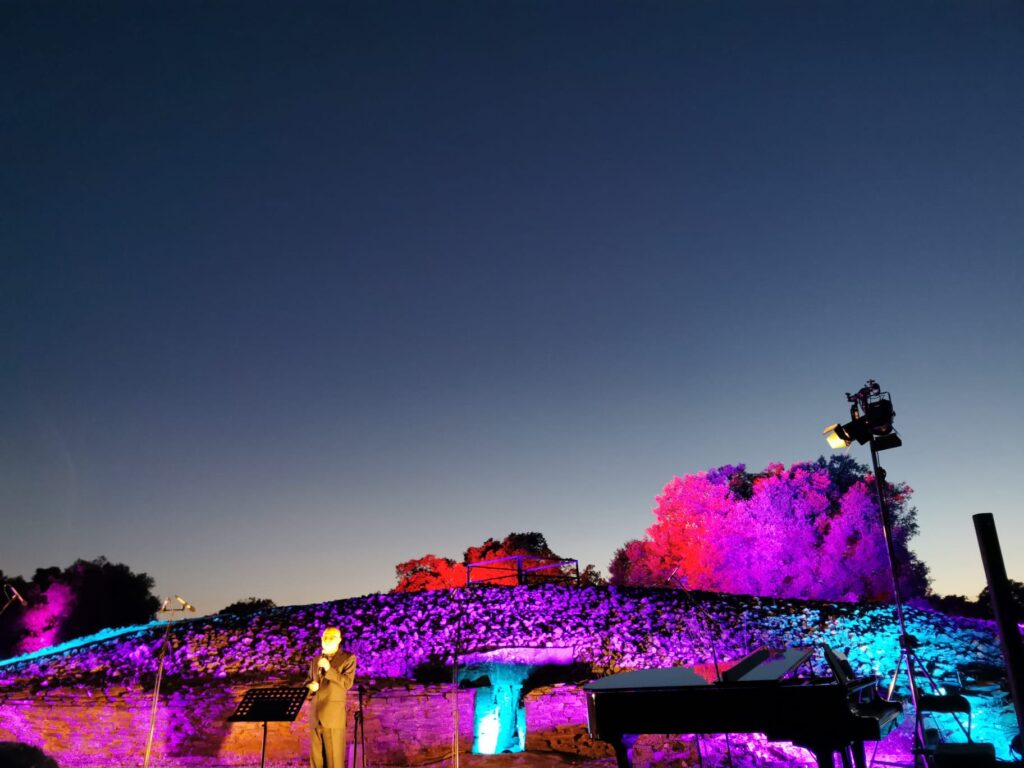
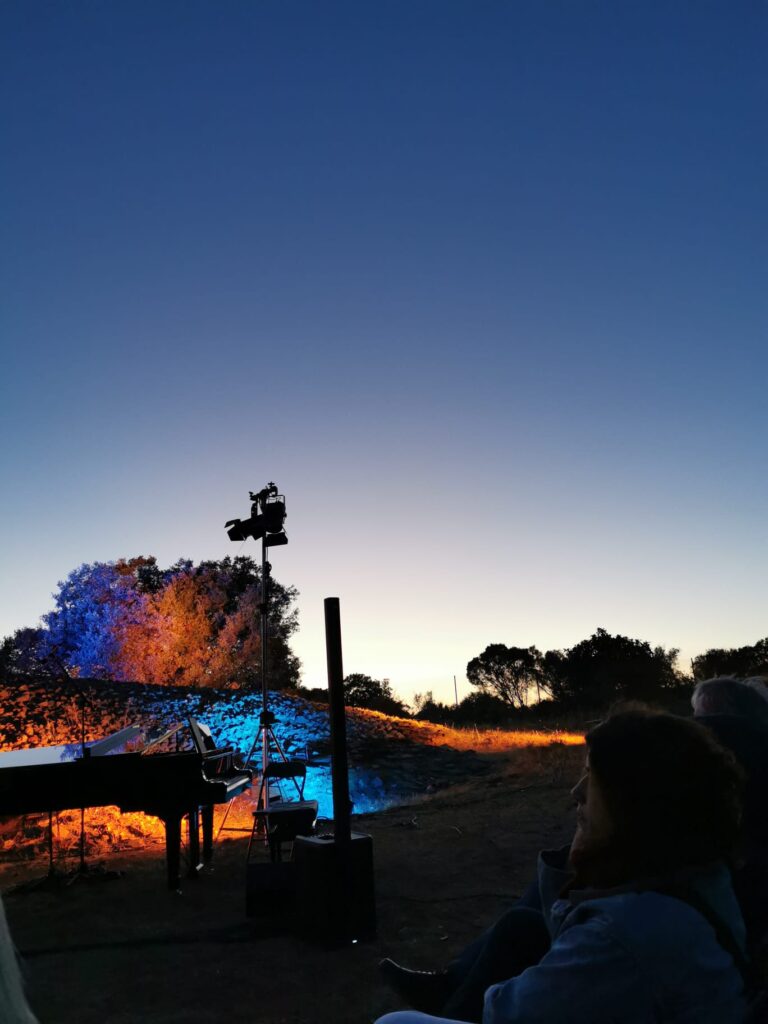
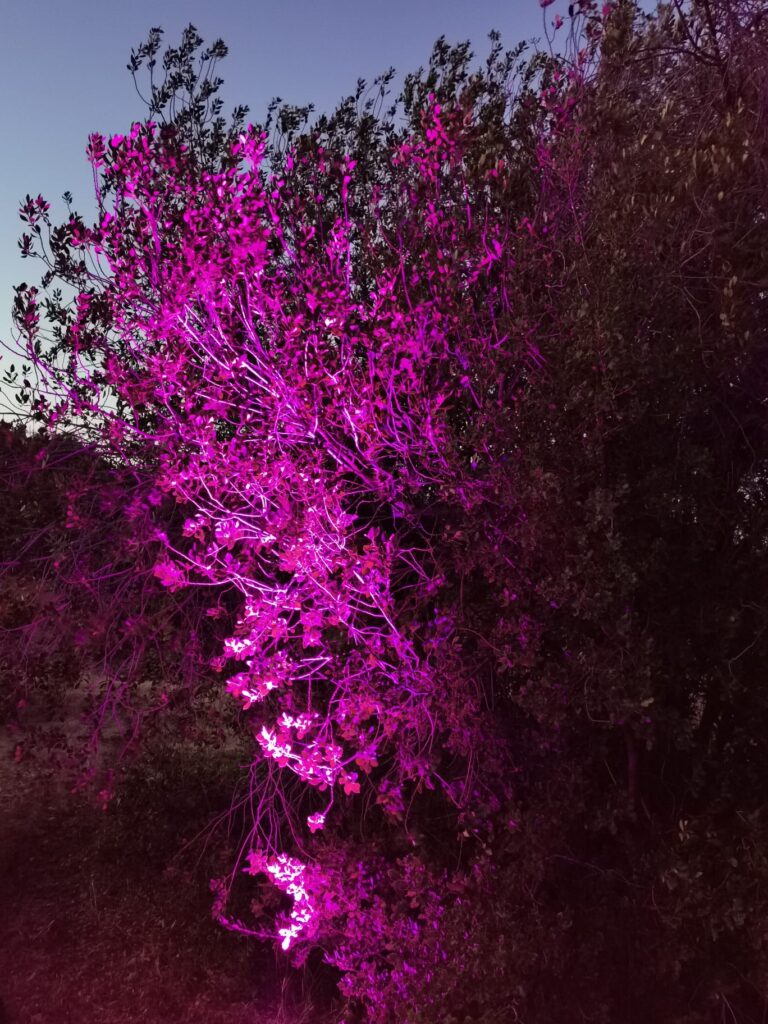
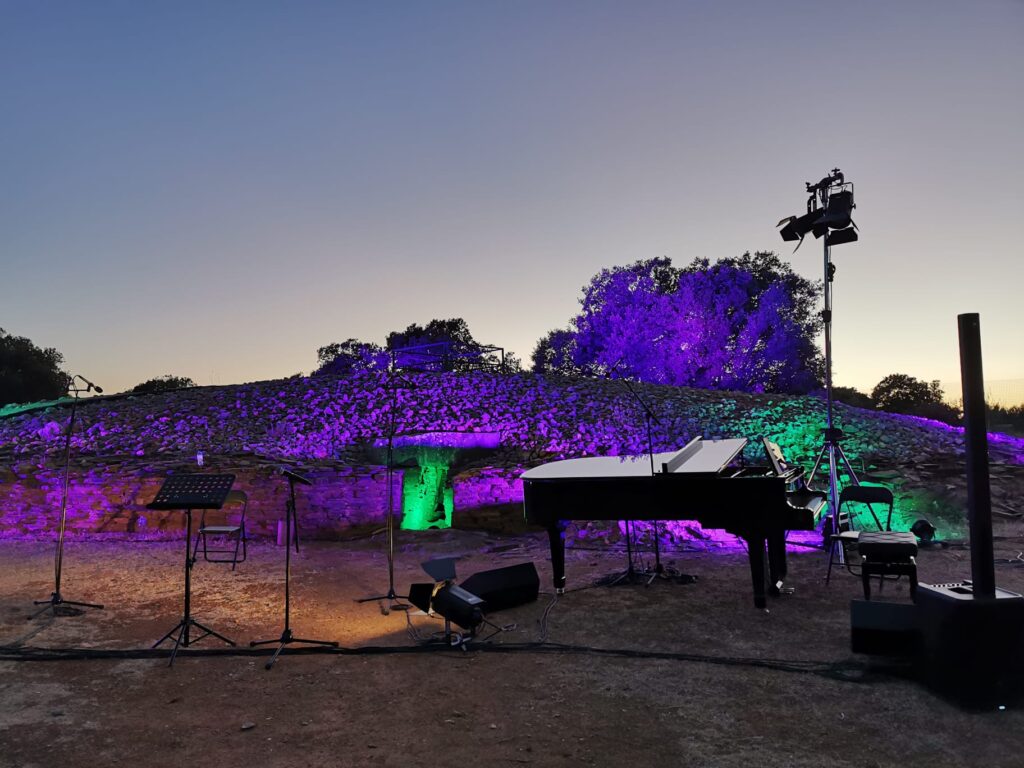



















Comments